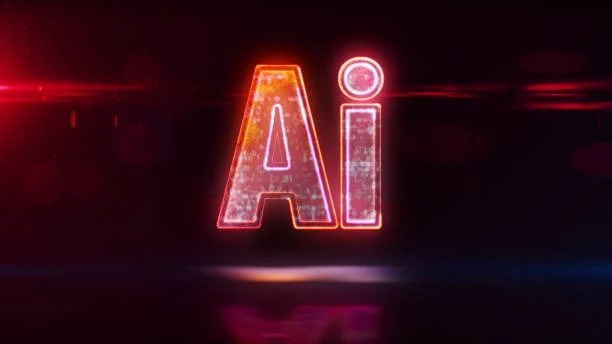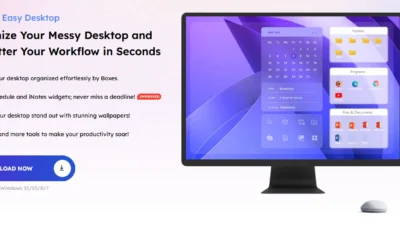Alright, let’s just call it what it is—people love videos. You scroll through your feed, and what catches your eye? Moving pictures, not some boring blob of text. Seriously, if you’re a marketer still betting everything on old-school blog posts…well, good luck with that. Video’s the king now, and honestly, nobody’s got time to be editing clips all day just to keep up.
Enter text prompt to video AI. Yeah, it sounds a bit sci-fi, but it’s here, doing the heavy lifting. Type a few lines, and boom—a full-blown video pops out. Wild, right? Content teams can finally churn out more videos without pulling all-nighters or selling their souls to video editors.
So how’s this shaking up the marketing game? For starters, you can crank out way more content, way faster. Got a product launch? A sale? A random Tuesday? There’s a video for that. And because it’s so easy, brands can get super creative, experiment, and stay fresh before anyone even has a chance to blink. Guess the robots really are taking over—but hey, at least they’re making us look good on camera.
Speeding Up Content Production Cycles
Okay, let’s be real—text-to-video AI is basically a cheat code for churning out videos at lightning speed. Normally, making a video is a total slog: you’ve got to dream it up, write the script, shoot footage, edit it all together.The whole thing can drag on for what feels like forever. But with these new AI tools? You just type out a script, hit go, and boom—there’s your video, practically before you’ve even had time to grab coffee.
This is a total game-changer for marketers. Suddenly, you don’t have to wait around or wrangle a whole crew every time something new drops or the internet loses its mind over the latest meme. If a product launches or a hashtag starts trending, you can pump out a video and ride the wave while everyone’s still paying attention. No budget blowouts, no last-minute panic—just instant content. Honestly, it almost feels like cheating.
Repurposing Existing Content for Maximum ROI
Many brands already have a library of valuable written content, including blog posts, case studies, newsletters, and product descriptions. Text prompt to video AI enables marketers to repurpose this content into engaging videos that reach new audiences.
For example, a well-performing blog post can be transformed into a short, animated video for social media. This multiplies the value of the original content, extending its lifespan and enhancing its reach across multiple platforms. Instead of constantly creating new material from scratch, marketers can reuse and reformat what they already have.
Enhancing Audience Engagement
Let’s be real—people love videos because, well, reading walls of text is kinda boring. Who’s got time for that? These days, brands are jumping on the “turn words into videos” train because it’s way easier to grab attention with moving images than with another endless paragraph.
So, say you’ve got a super dense info dump. Instead of dumping it on your audience, you feed it to AI, and boom—suddenly it’s a slick video that people might actually watch. Doesn’t matter if it’s a how-to, a sappy customer shoutout, or your brand’s origin story. Video just hits different.
Oh, and since everyone’s glued to their phones, these AI-made videos are usually tailored for the scroll-happy crowd on Instagram, TikTok, or YouTube Shorts. Quick, punchy, and way more likely to stop someone’s thumb mid-scroll.
Improving SEO and Social Reach
Search engines prioritize rich media content, and video often ranks higher in search results. By integrating text prompt to video AI into a content marketing strategy, businesses can boost their SEO performance. Searchable video titles, transcriptions, and tags further support discoverability.
Additionally, videos are more shareable across social media, increasing a brand’s visibility. Platforms like Facebook and LinkedIn often give preference to video content in user feeds. By generating frequent, relevant videos using text prompt to video AI, marketers can improve their organic reach without increasing ad spend.
Reducing Costs and Resource Strain
Producing quality video content traditionally involves hiring videographers, editors, actors, and scriptwriters. Text prompt to video AI removes many of these roles from the equation. A single marketer or content strategist can now produce video content without technical expertise or a large budget.
This democratization of video production allows small businesses and startups to compete with larger companies. It also reduces dependency on external agencies, giving brands more control over their messaging and timelines.
Enabling Personalization at Scale
Personalized content drives better results in marketing, but creating individualized videos manually is nearly impossible. With text prompt to video AI, marketers can generate tailored video messages for different customer segments based on interests, behaviors, or purchase history.
For instance, an e-commerce brand can send personalized thank-you videos post-purchase or create specific promotional videos for returning customers. All it takes is inputting the right data and text prompt into the AI platform. This level of personalization deepens customer relationships and boosts engagement without overwhelming creative teams.
Supporting Multichannel Campaigns
Modern marketing requires a presence across many platforms—each with different content needs. What works on a website landing page may not be ideal for Instagram Stories or YouTube. Text prompt to video AI allows marketers to create platform-specific videos by adjusting tone, length, and format without starting from scratch each time.
A single campaign message can be adapted into multiple video versions: a quick teaser for social media, a detailed explainer for a website, or an engaging walkthrough for email. This flexibility enhances campaign cohesion and consistency.
Conclusion
Text prompt to video AI is reshaping the way marketers think about content creation. By transforming written material into visually engaging videos, it accelerates production, reduces costs, and increases the effectiveness of marketing strategies. From repurposing content and boosting SEO to enabling personalized communication and supporting multichannel campaigns, this technology offers a powerful advantage in an increasingly visual and fast-paced digital landscape.
As competition grows and attention spans shrink, text prompt to video AI equips marketers with the tools to stay ahead—delivering high-impact content that resonates with modern audiences at scale.

Lexy Summer is a talented writer with a deep passion for the art of language and storytelling. With a background in editing and content creation, Lexy has honed her skills in crafting clear, engaging, and grammatically flawless writing.



